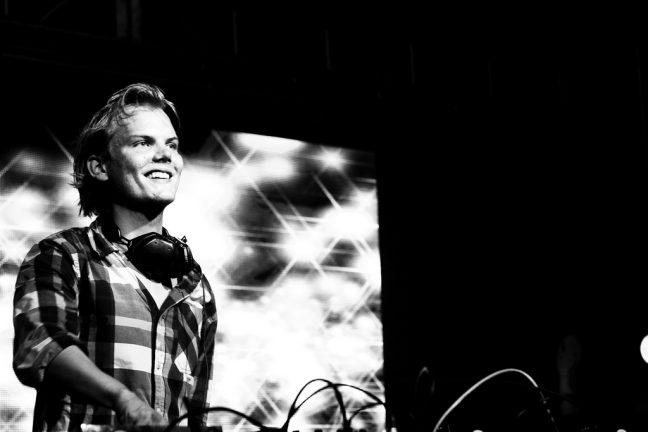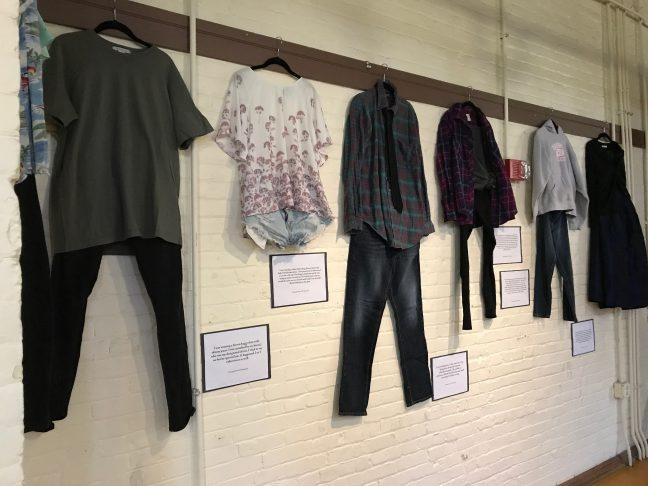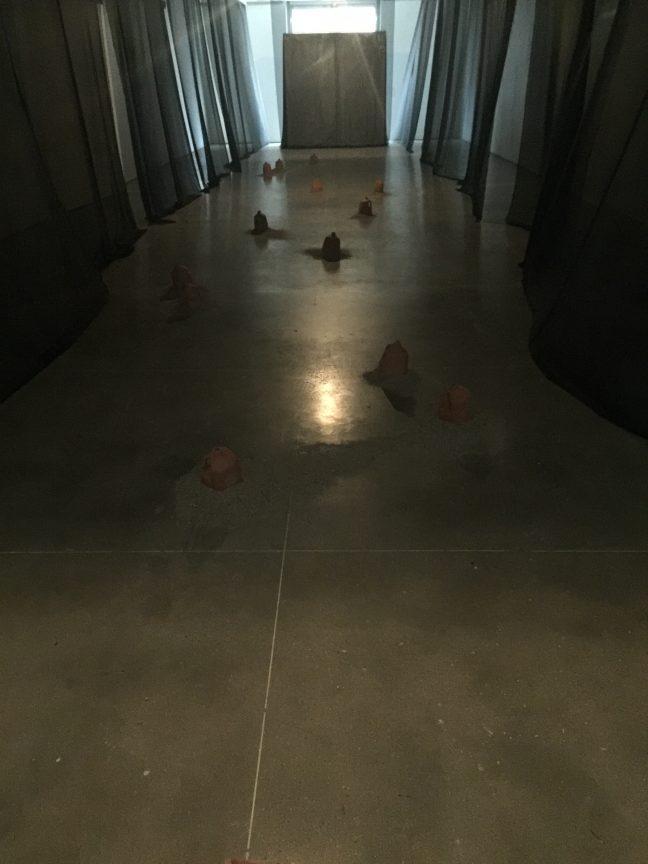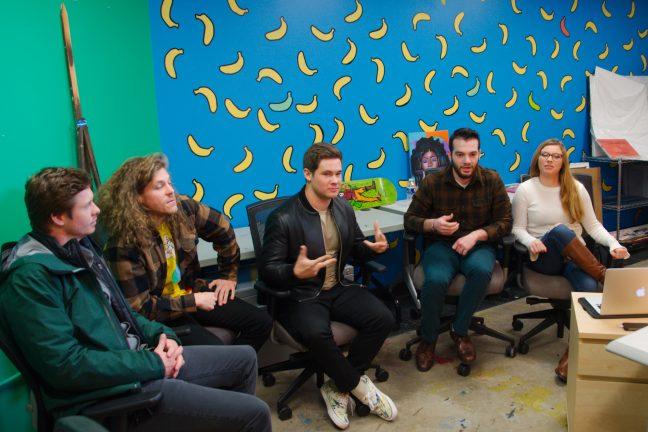Adriana Barrios, a graduate student, is currently working towards her Master of Fine Arts at the University of Wisconsin, with an emphasis in printmaking and an environmental message embedded in her work.
Born and raised in San Diego, the artist has been around the coast much of her life and is now revisiting the environment in her latest work.
Her experience has not been limited to one area of the world. Barrios earned her undergraduate degree at the University of Texas-San Antonio in 2009 and in 2015, she spent seven months abroad participating in a residency program in Florence, Italy.
Now at UW, Barrios is excited to have the opportunity to not only work with other artists and professors but to also explore various mediums outside of printmaking.

“There’s an opportunity to take advantage of all these other resources,” Barrios said. “The department doesn’t necessarily push interdisciplinary work, but it’s definitely invited.”
Barrios has become more exposed to photography, video, glass, screen printing and papermaking to name a few — all skills she acquired since she started her education here in the fall of 2016.
Currently, Barrios has narrowed her focus on the coastal landscapes back home, pressing important environmental issues that are not only close to her upbringing but also on her radar.

“I’ve always been interested in environmental spaces,” Barrios said. “Growing up near the ocean was always a place to escape or to get away.”
Her time in graduate school thus far has given her the opportunity to investigate and think about these ideas and concerns. Being able to connect with professionals outside of the art department has also been a valuable resource for her and her work.
Chris Maddox explores language translations and interpretations in his upcoming exhibition
“It started with a collection of sand I took from San Diego and brought here,” Barrios said.
With the guidance of a geology professor she met early on in her time at UW, she was able to photograph the sand under a microscope, gaining insight into what has been happening to the coast. Unsurprisingly, humans have not been treating the environment with care, something Barrios looked further into.
She says southern California beaches are in a period of change. A lot of that change has to do with the human impact of damming up a lot of the rivers in California, she said.
UW professor discusses meaning, methodologies behind text in art at MMoCA
The artist describes that rivers tend to bring sand to the beaches. Thus, the damming of the rivers creates a disappearance of the coastlines. Then “drudging” of the sand occurs — a process that involves taking sand from the ocean, replacing it on the beach only to have it disappear back into the ocean within 10 years or so.
Barrios was amazed by the ridiculousness of the cycle humans are putting the environment through and decided to bring awareness in the way she knows best — art.
In doing so, she has chosen printmaking, photography and video to capture the immensity of this problem as she enjoys the uncertainty and experimentation that result from the techniques.
An artists work should never be separated from their actions off screen
“There’s a lot of opportunity for experimentation and surprise with printmaking,” Barrios said. “It’s built on a foundation of experimentation.”
While these mediums deliver this certain benefit to her specifically, the artist also emphasizes the mediums’ benefits on her final project. Stating that science can typically be represented or received in a “cold” manner, Barrios hopes her representation of the environment through art can be more poetic.
Barrios is interested in how a photograph or video can change how we see, or how we know a specific location.
With this, she has portrayed the coastline in both close-ups and from afar. There is a certain intimacy and proximity value in close-ups, yet the wider shots can deliver the grand scheme of the problem.
The main goal of her project is to begin a conversation around a problem that desperately needs attention.
Women, people of color dominate nominations for 60th annual Grammy Awards
“My goal for my work is to [start] a conversation, to have some dialogue to call attention to [and] to just take notice of what’s currently happening,” Barrios said.
Perhaps this project will also call attention to her idea that we’re not in control at all — at least not when it comes to our relationship with nature.
The artist is also participating in a group exhibition in March at the School of Education Gallery. In “Twice Alive: a convergence of art, science and poetry,” Barrios is excited to portray her view of the environment in her desired medium.
For more information about Adriana Barrios, visit https://adrianabarrios.weebly.com.




















